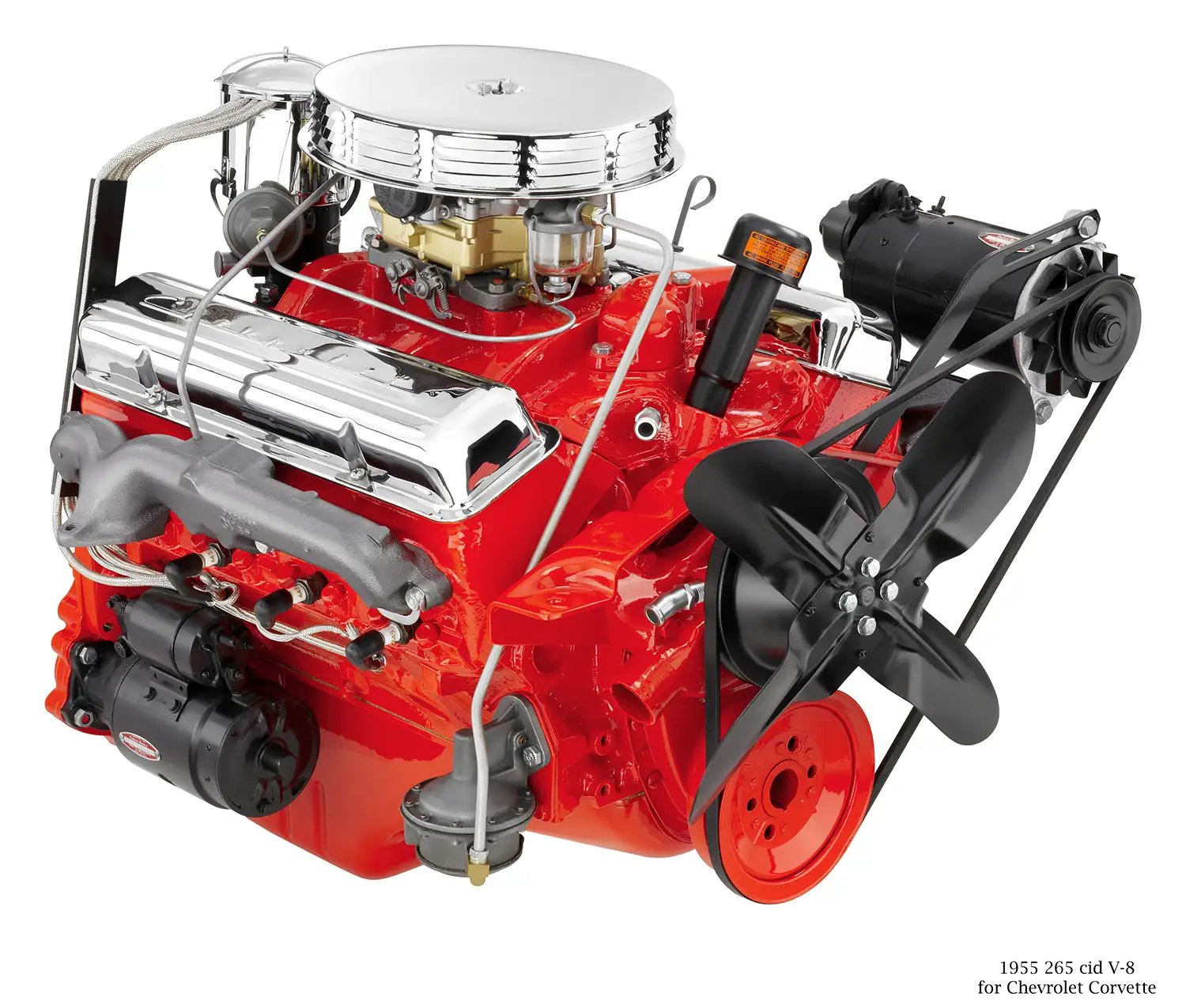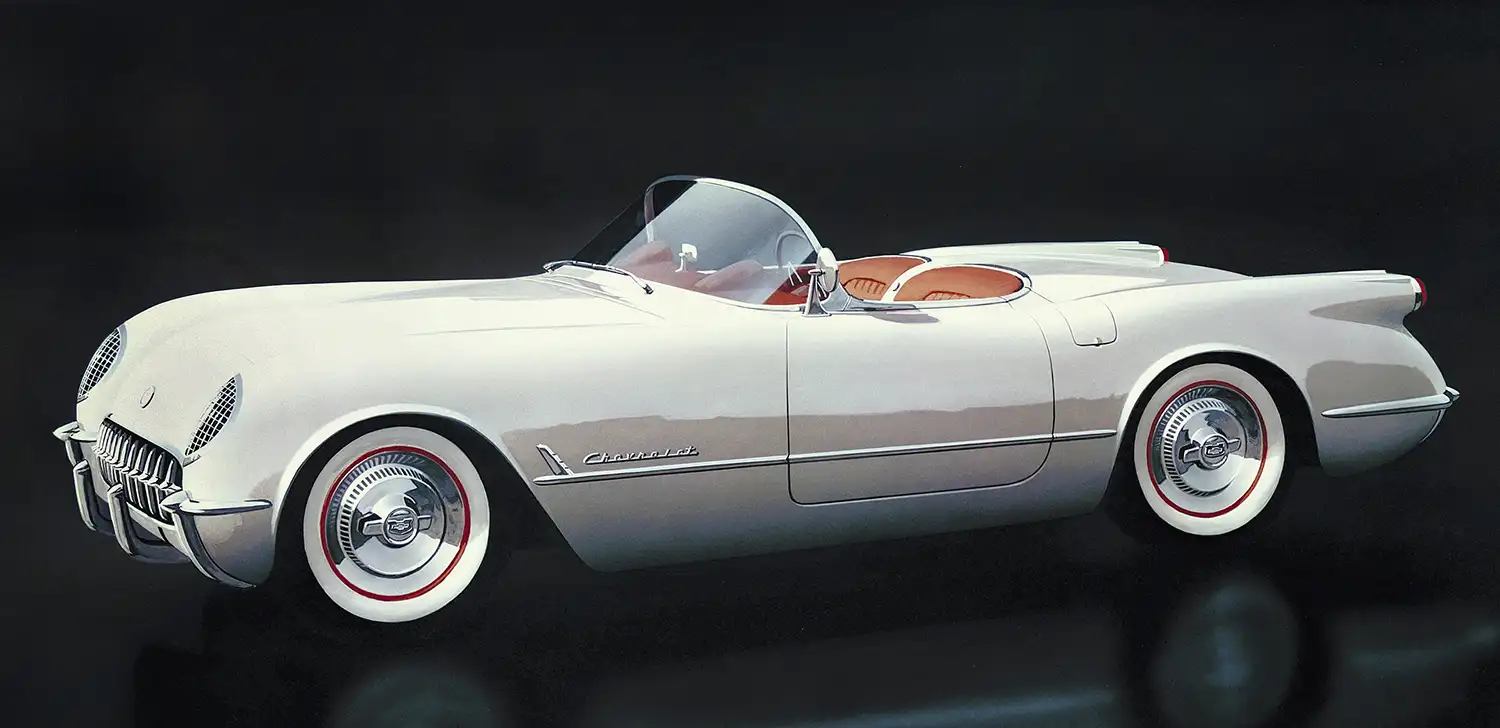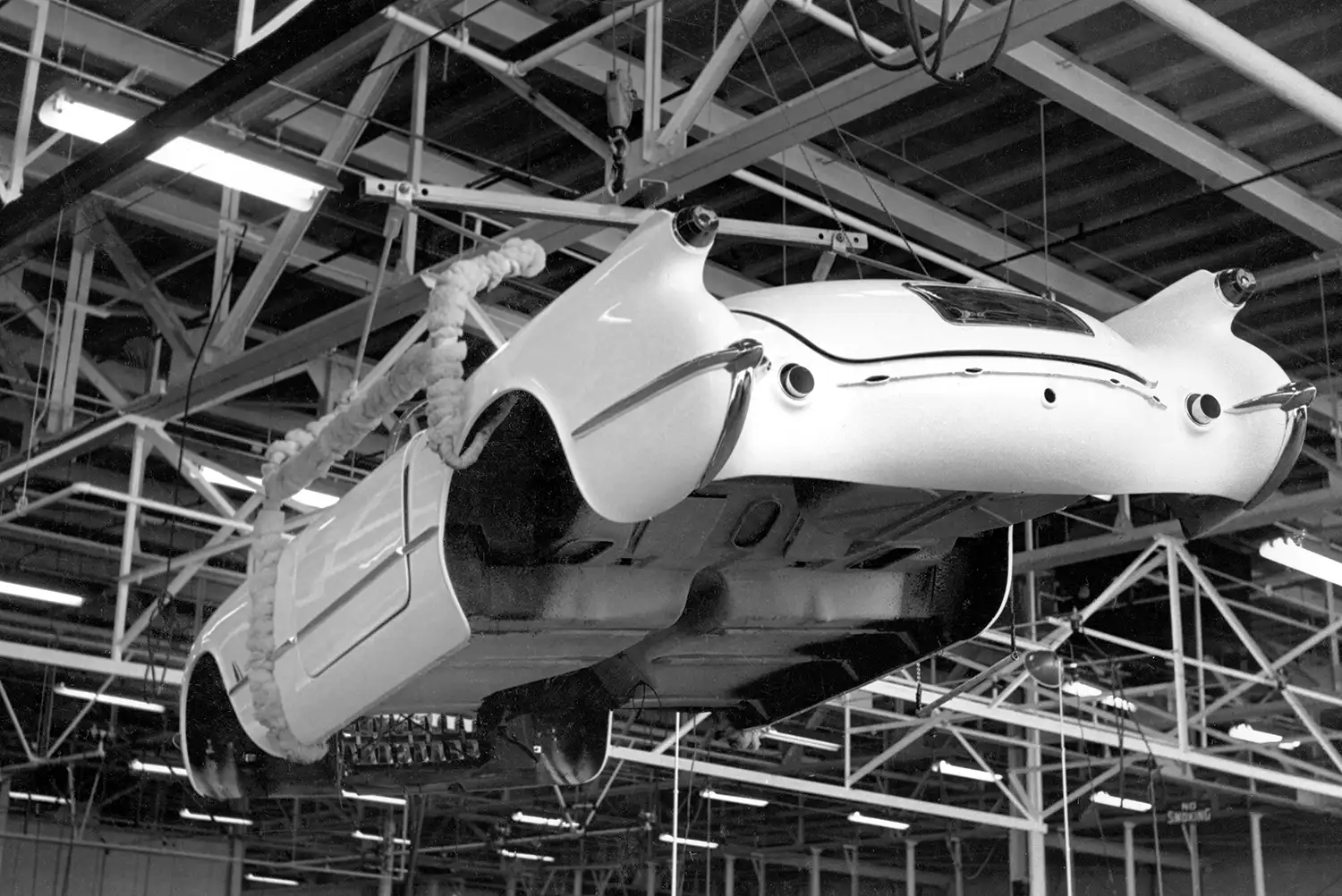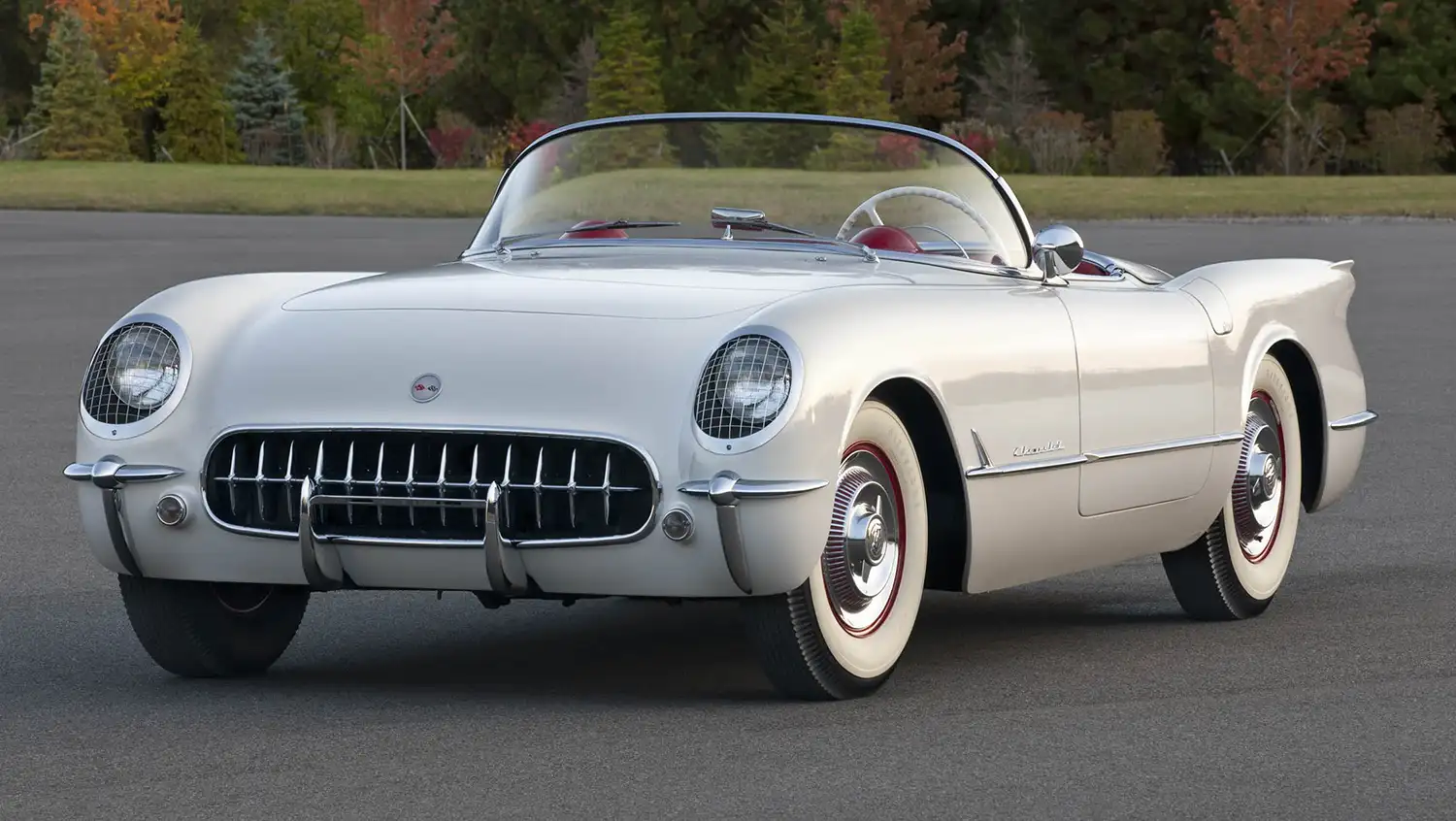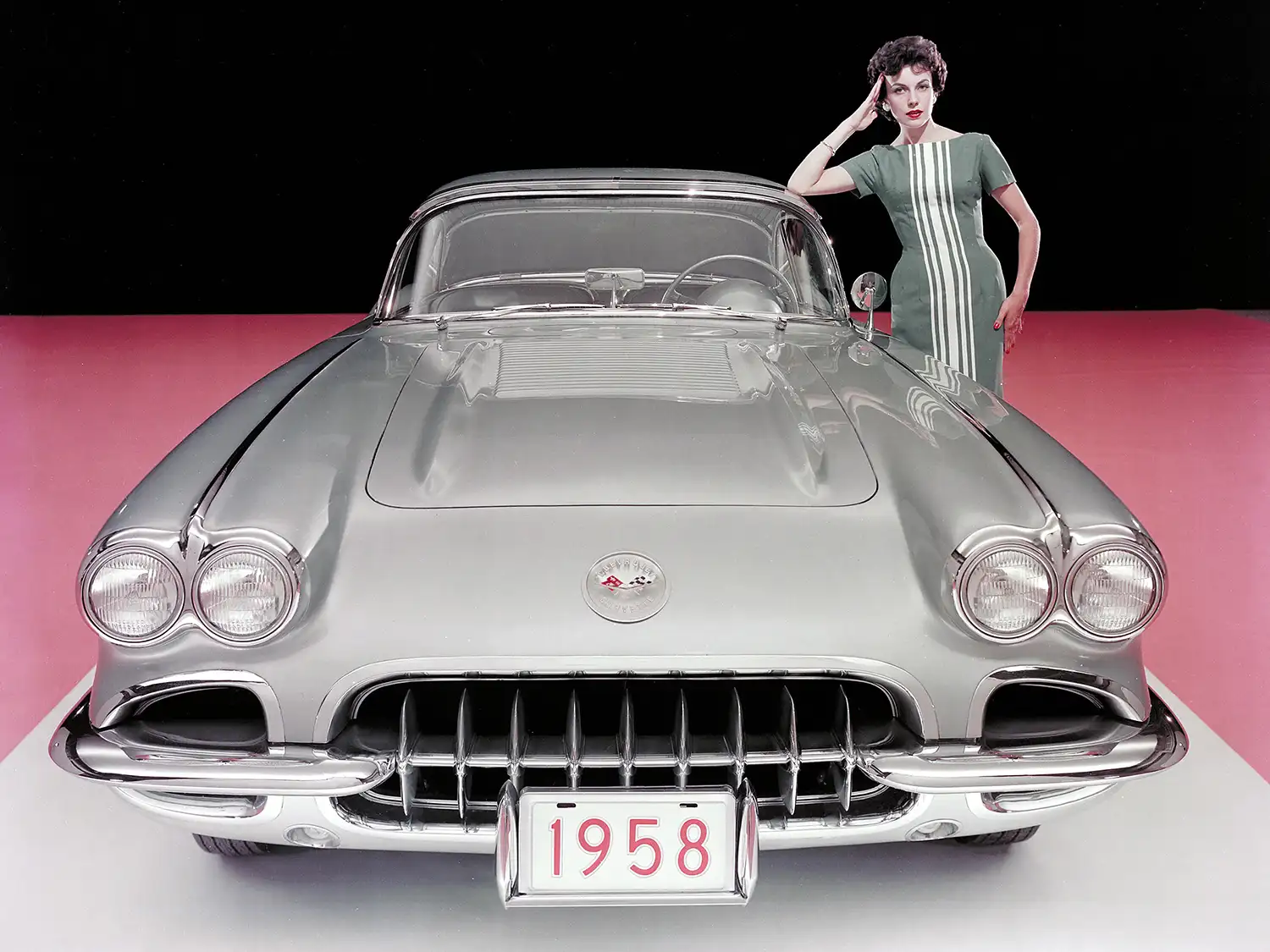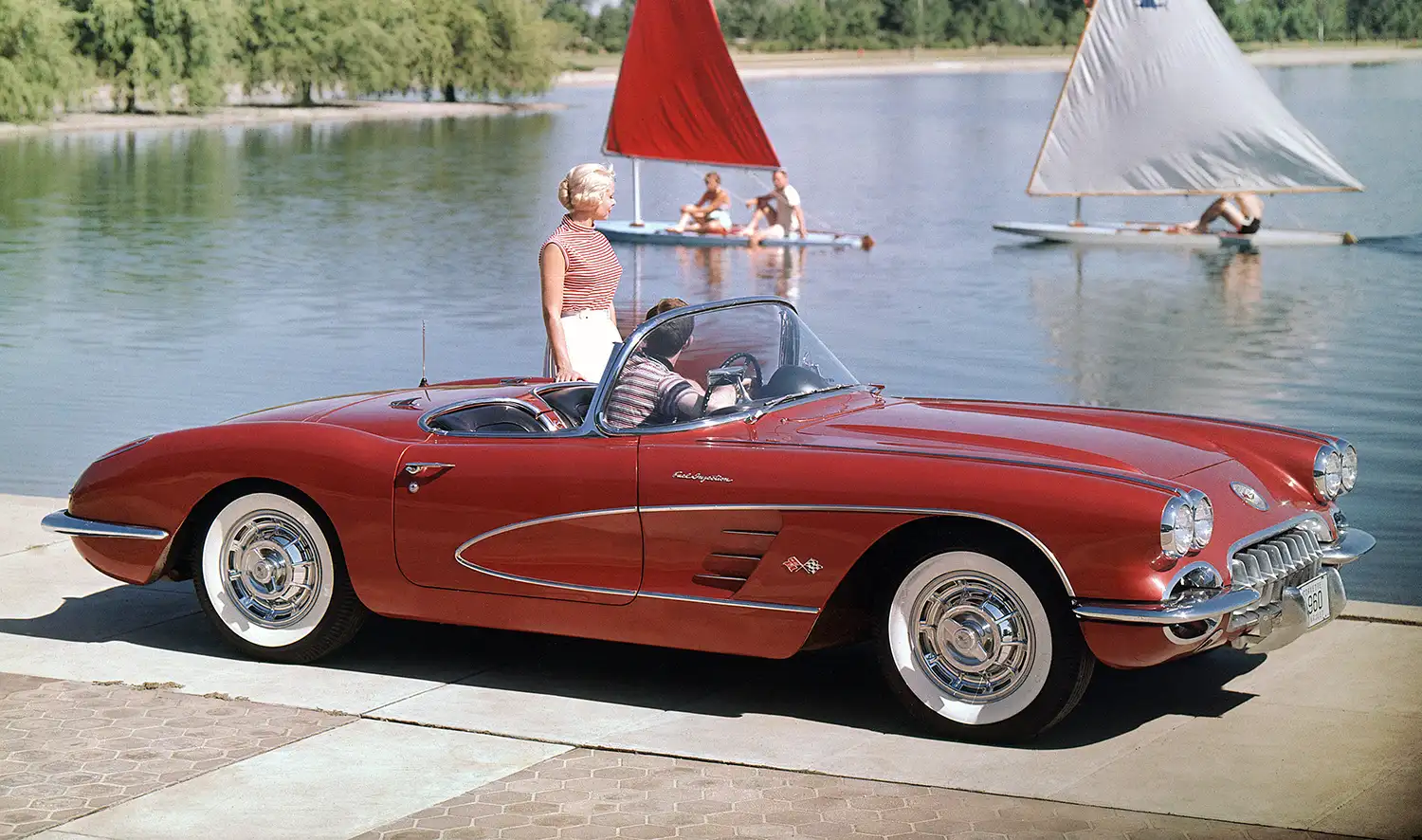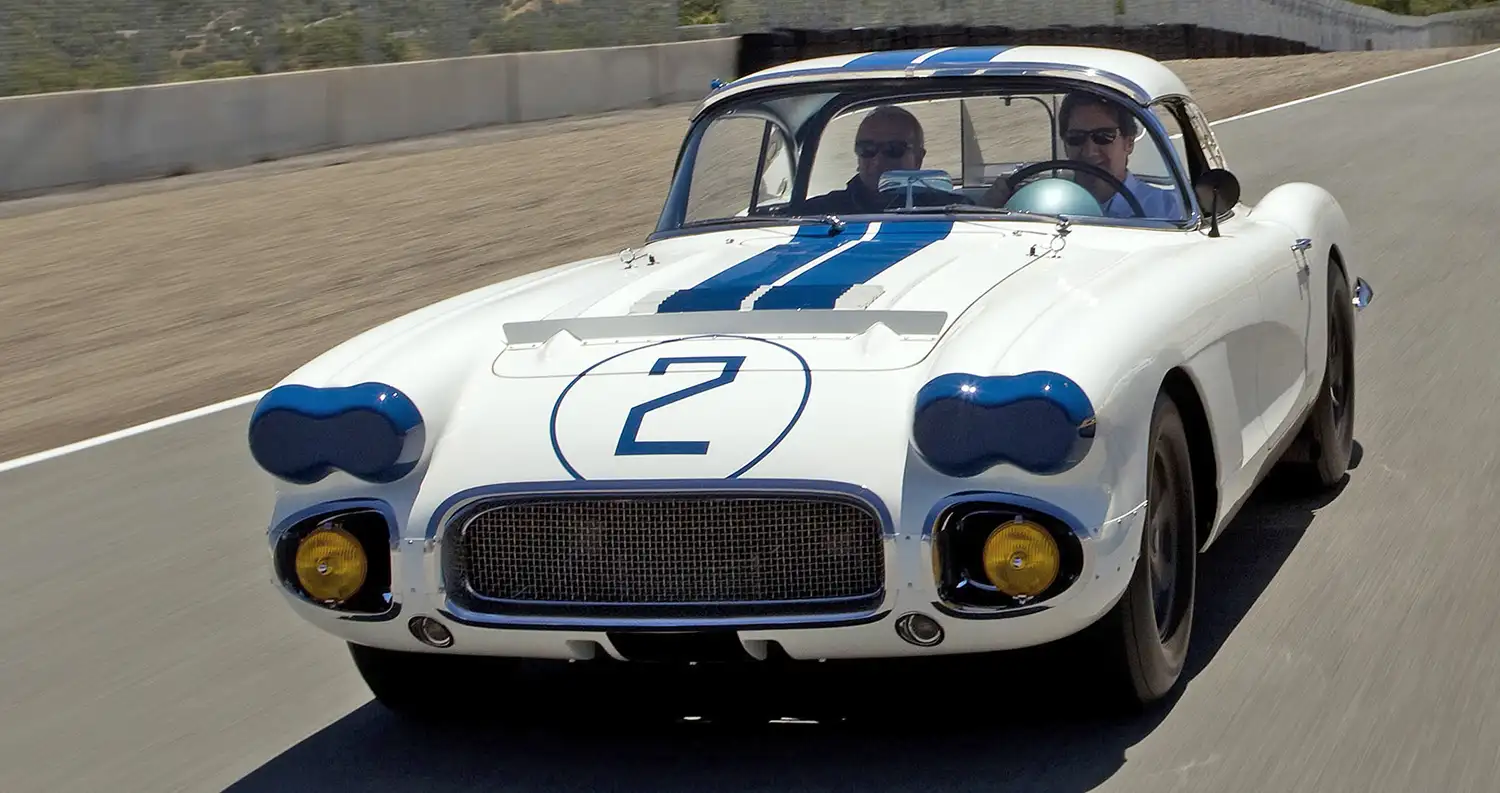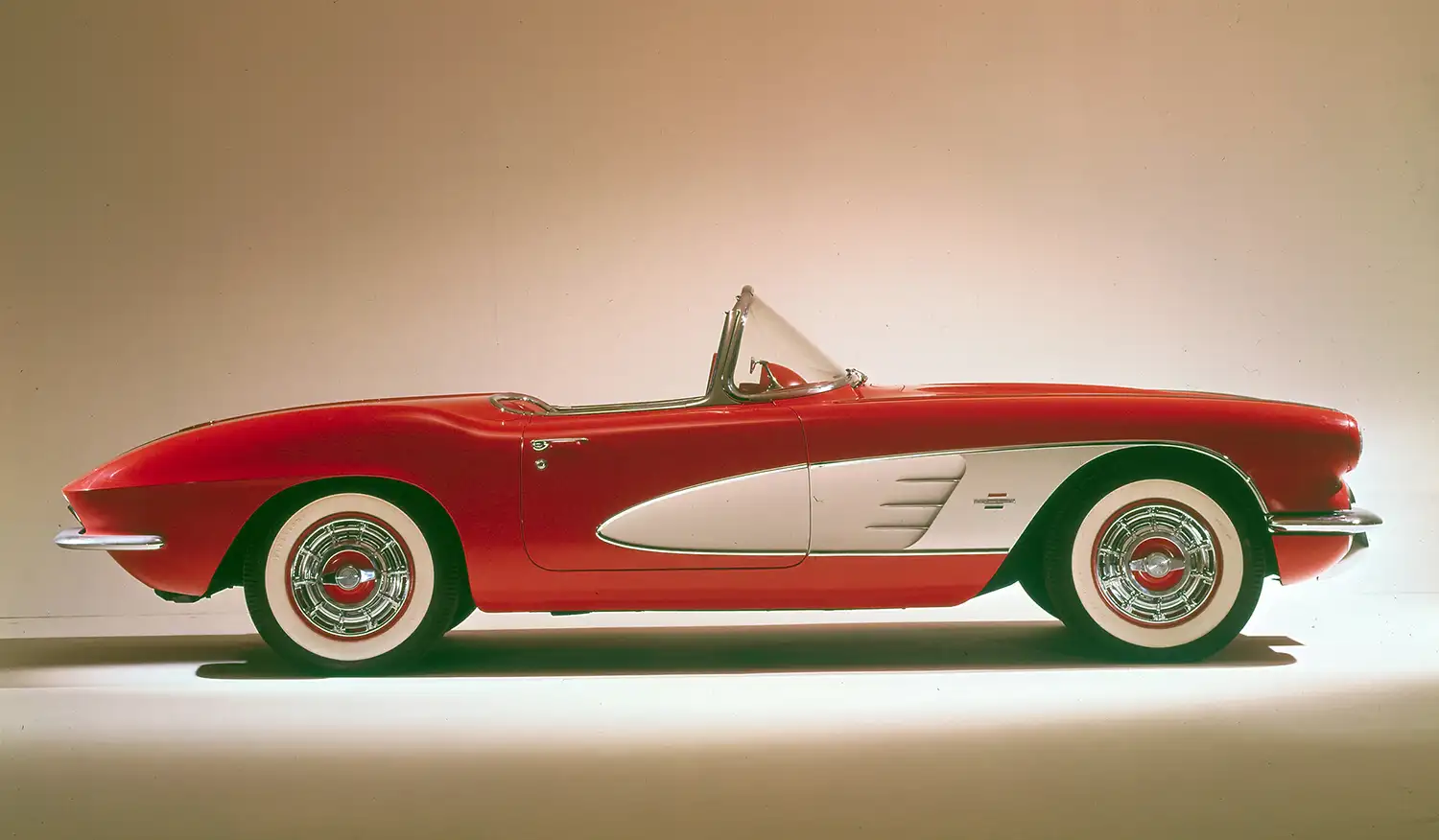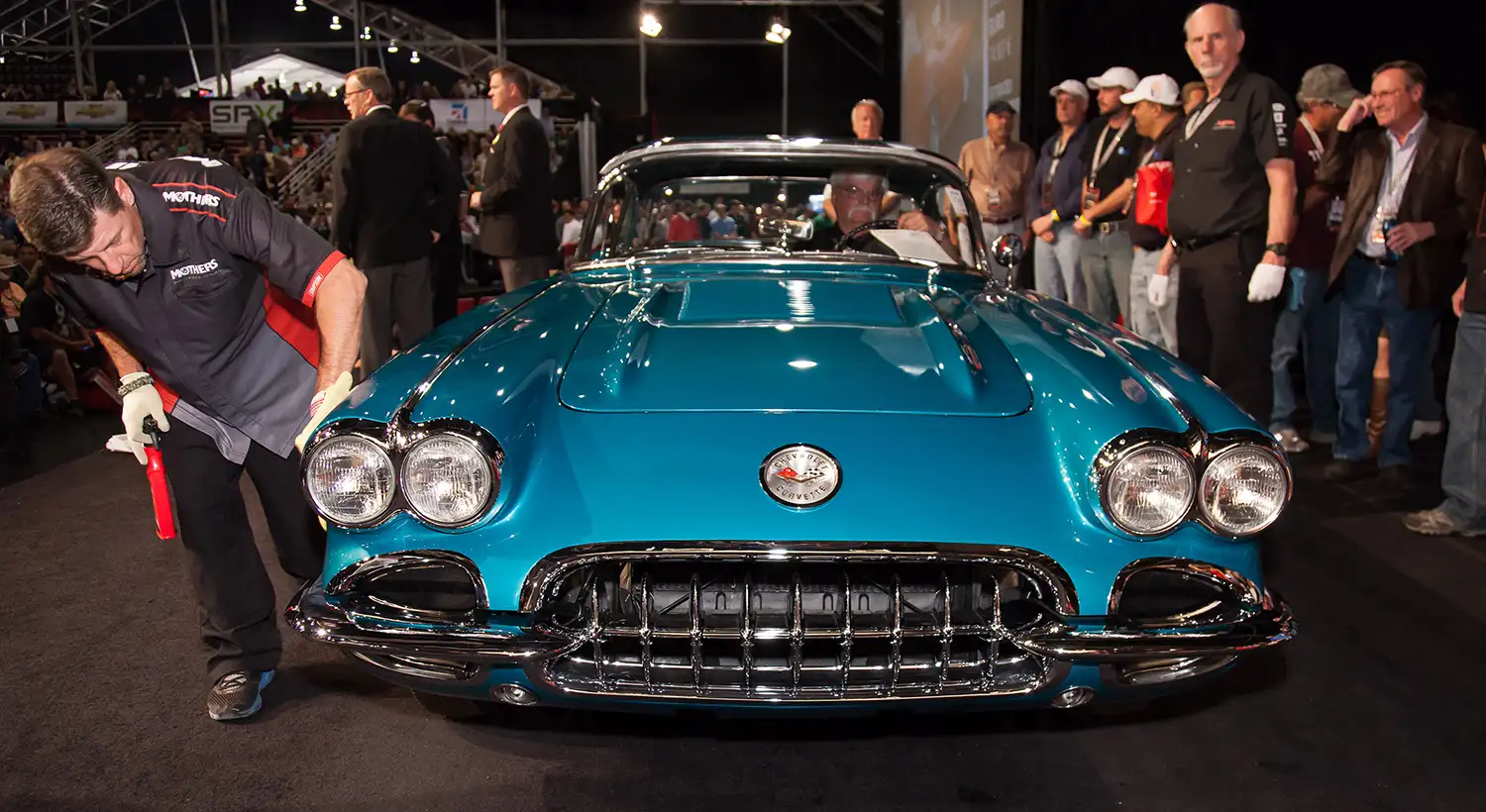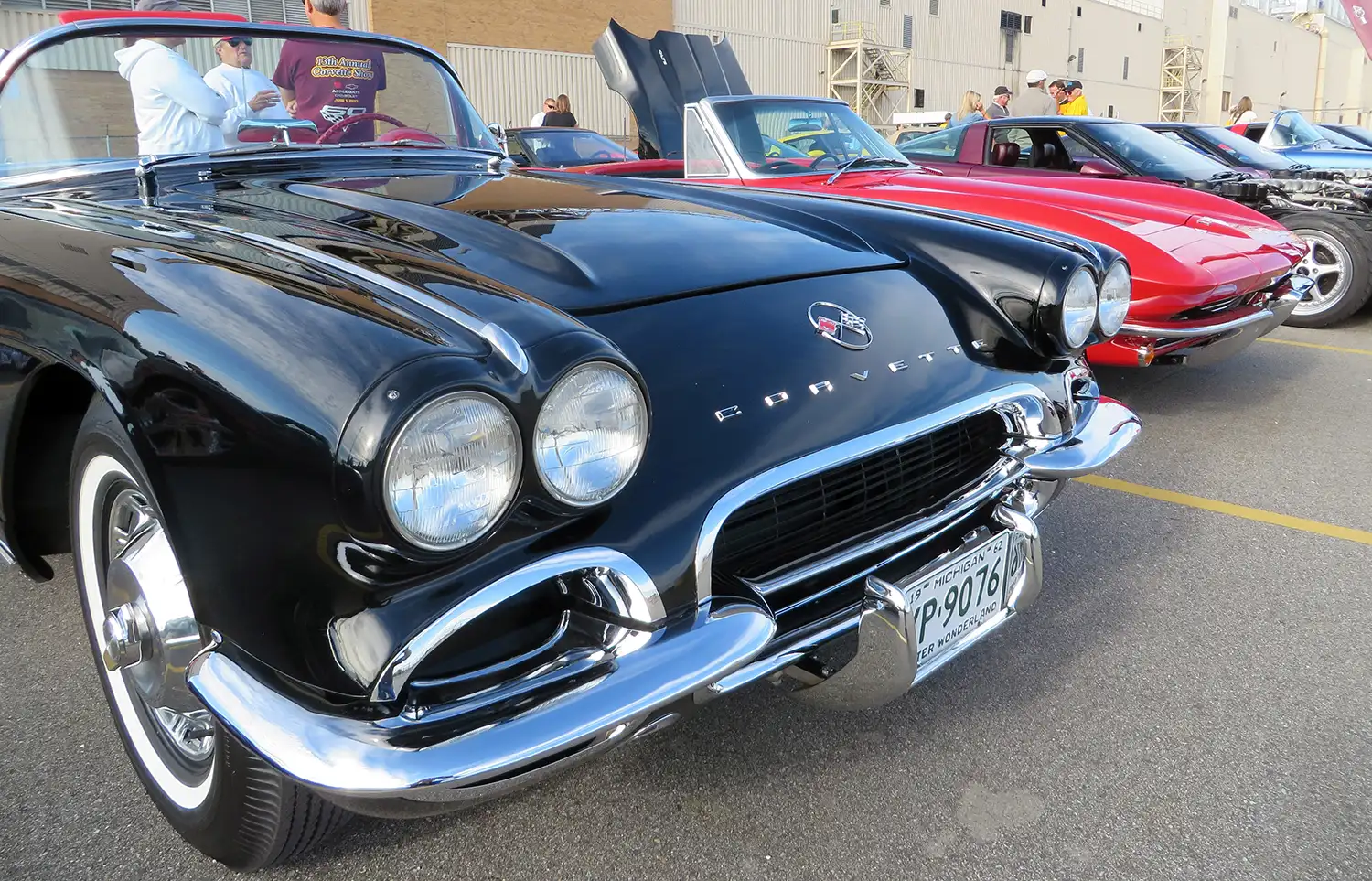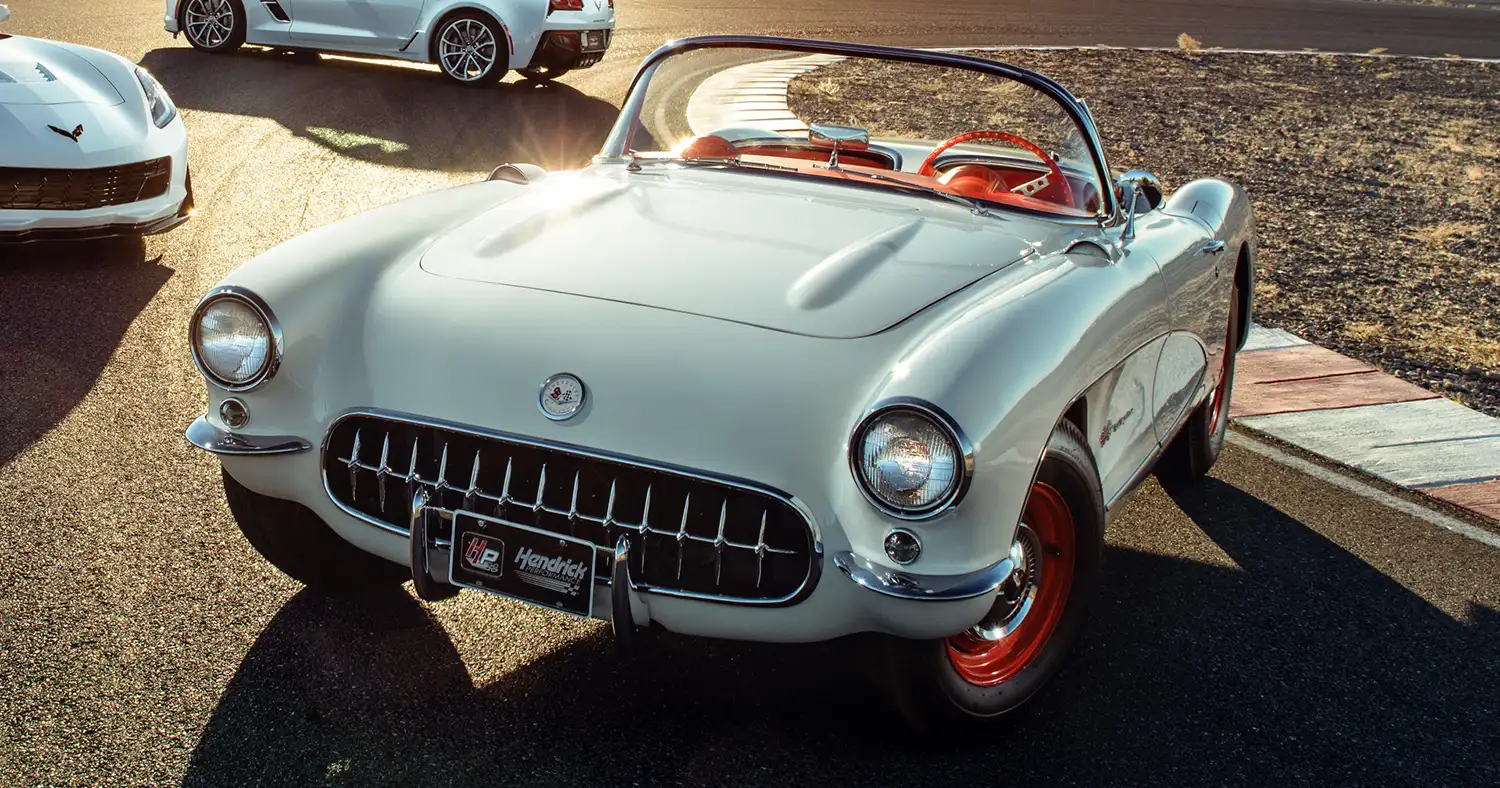
Since its inception in the early 1950s, the Chevrolet Corvette has been an icon of American automotive engineering, capturing the hearts of enthusiasts with its sleek design and impressive performance. Let’s take a journey through the first generations of the Corvette, exploring their timeline, variants, specifications, and motorsport achievements.
C1 (1953 – 1962): The Birth of an American Legend
The Corvette story begins in 1953 when Chevrolet unveiled the first-generation Corvette at the General Motors Motorama auto show in New York City. This initial model, often referred to as the C1 Corvette, featured a fiberglass body, inline-six engine, and a two-speed automatic transmission.
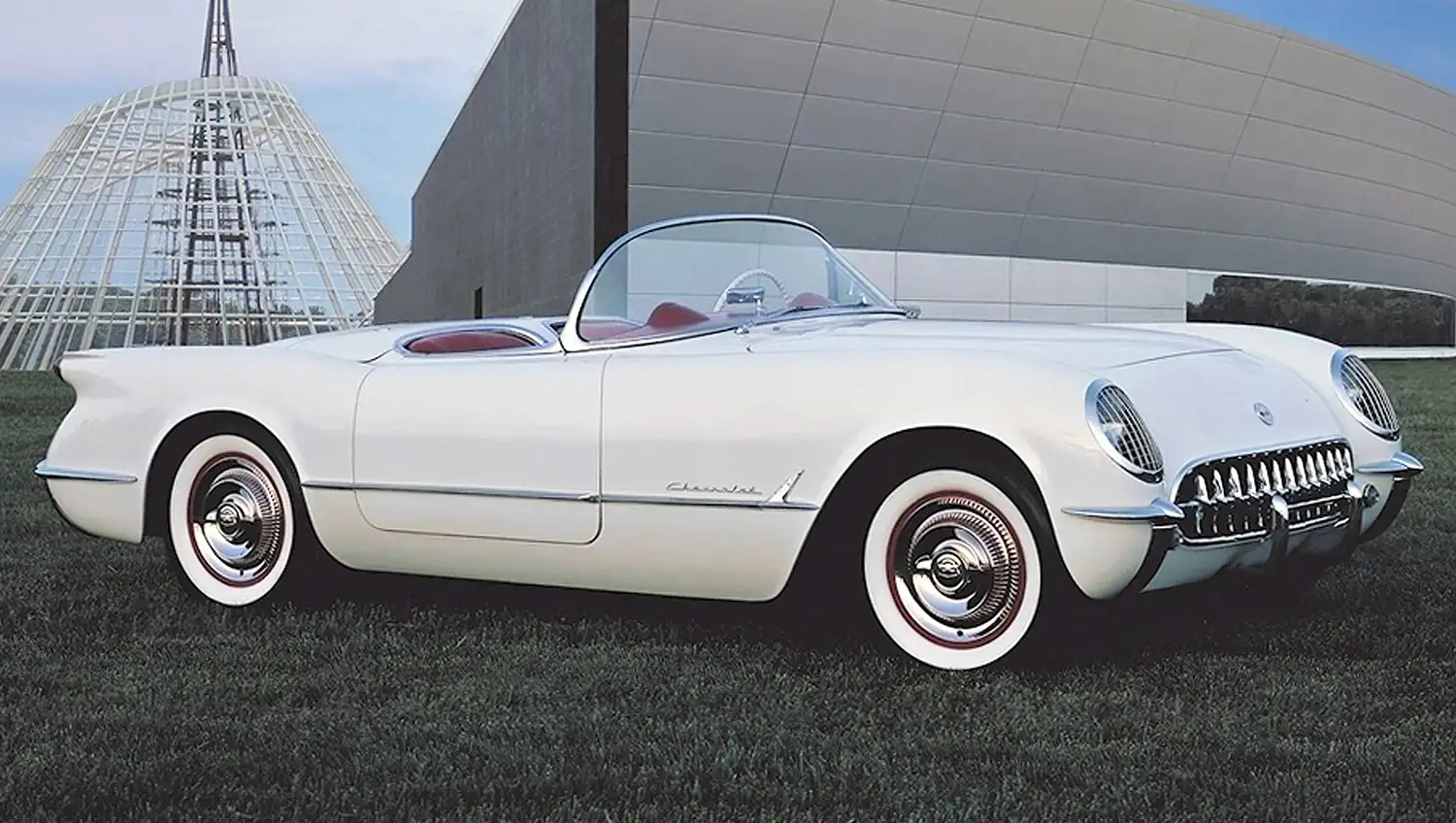
As the years progressed, the C1 Corvette underwent significant changes and improvements, solidifying its status as a performance icon. Here are some notable variants and achievements of the C1 generation:
- 1953 Corvette (C1): The inaugural model year introduced the Corvette to the world, featuring a Polo White exterior, red interior, and a Blue Flame inline-six engine producing 150 horsepower. Only 300 units were produced, making it highly collectible among enthusiasts.
- 1955 Corvette V8: In 1955, Chevrolet introduced the first V8 engine option for the Corvette, a 265 cubic inch small-block V8, marking a significant performance upgrade over previous models.
- 1957 Corvette Fuelie: The 1957 model year saw the introduction of fuel injection as an option for the Corvette, known as the “283 Fuelie.” This fuel-injected version of the small-block V8 engine produced up to 283 horsepower, delivering impressive performance for its time.
- Motorsport Achievements: The Corvette’s racing pedigree began to take shape during the C1 generation, with notable successes in events such as the 24 Hours of Le Mans and the SCCA (Sports Car Club of America) racing series. Notable drivers like Briggs Cunningham helped showcase the Corvette’s capabilities on the track, laying the foundation for its future motorsport dominance.
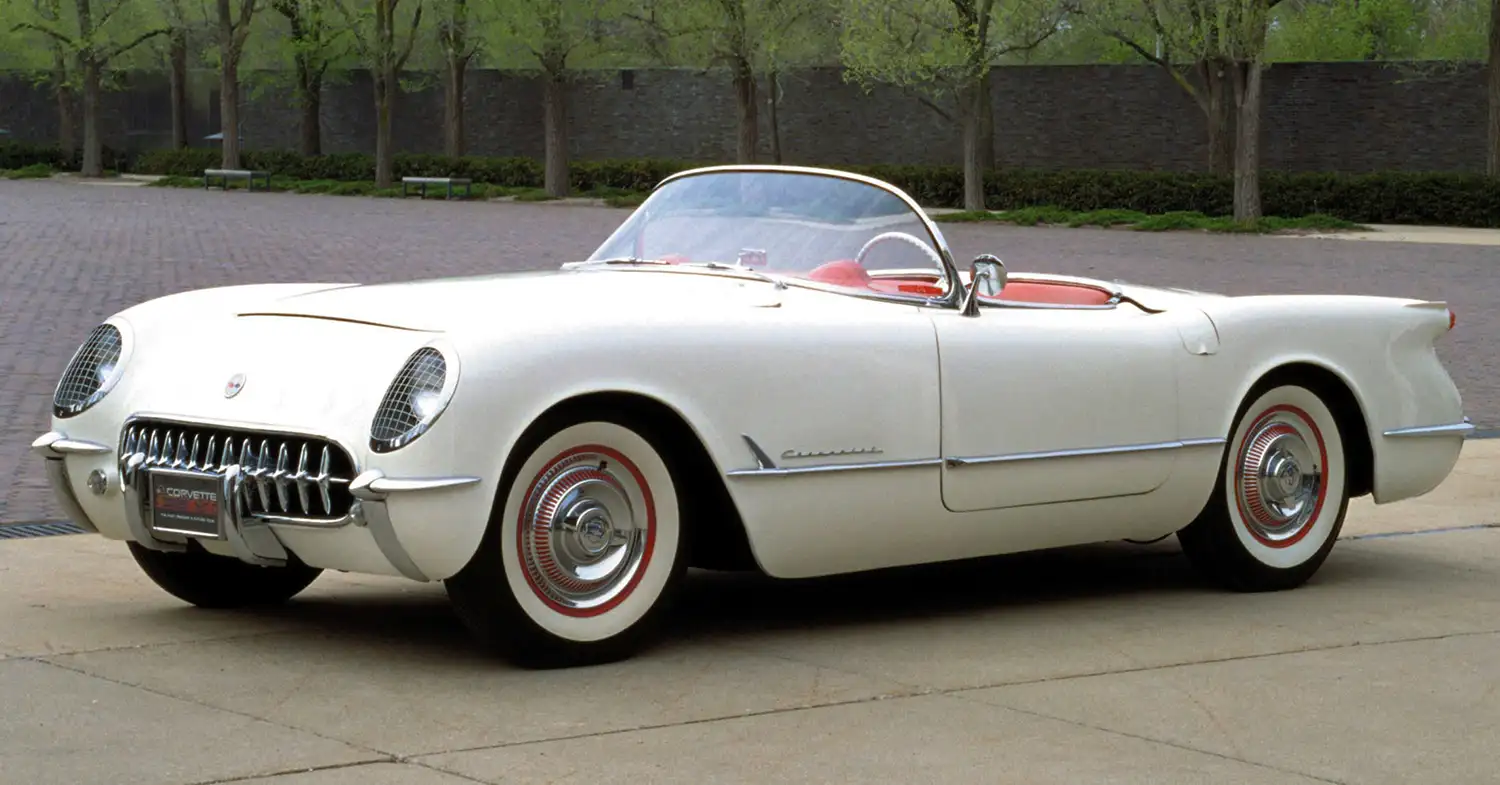
Specifications (1953 – 1962):
- Engine Options: Various engine options were available throughout the C1 generation, ranging from inline-six engines to small-block V8s, with displacements ranging from 235 cubic inches to 327 cubic inches.
- Performance: Horsepower outputs varied depending on the engine configuration, with later models capable of producing over 300 horsepower in high-performance variants.
- Transmission: Manual and automatic transmissions were offered, including three-speed manual, four-speed manual, and two-speed automatic options.
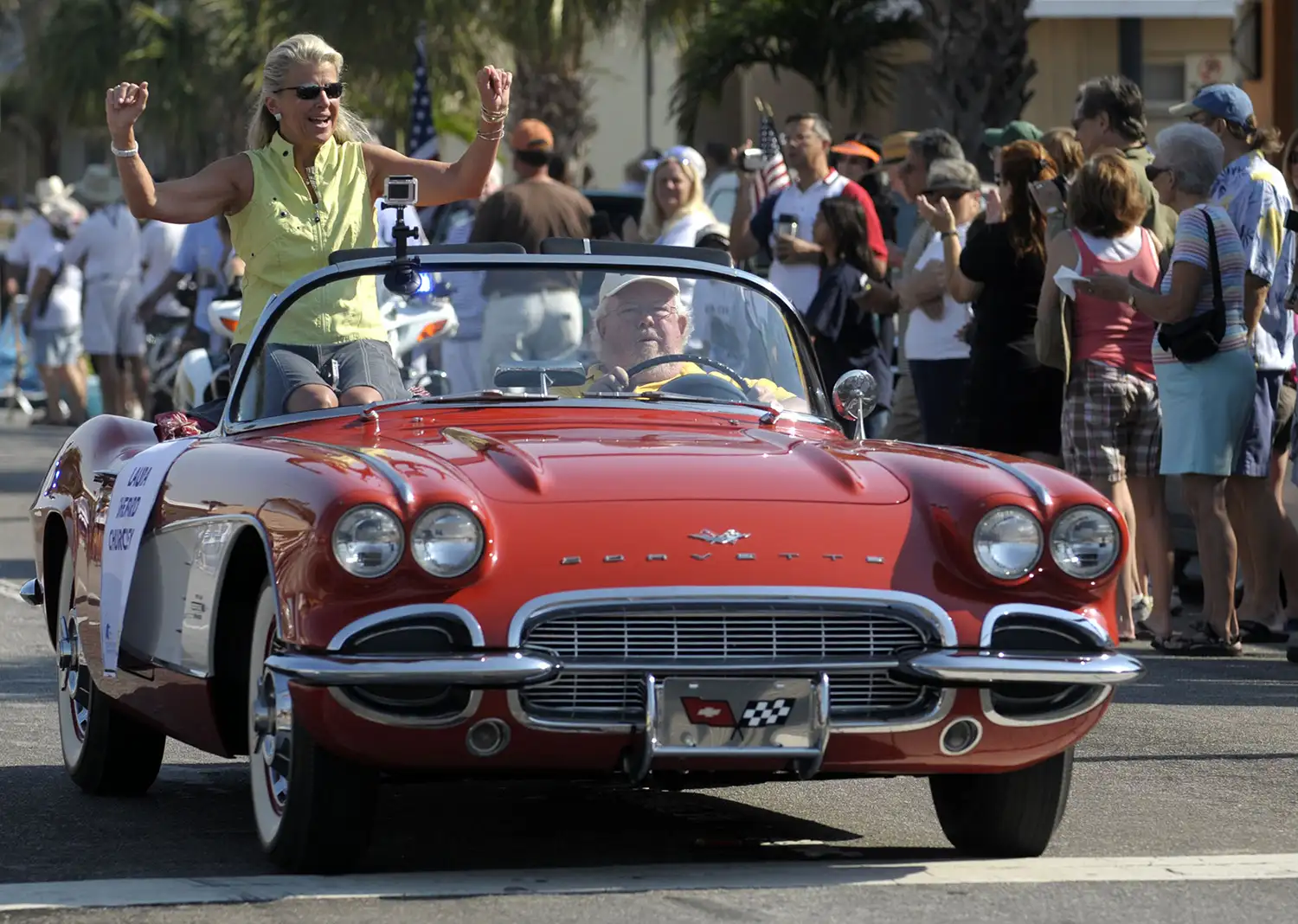
The timeline of the C1 Corvette’s exterior design evolution, tracing its journey from concept to classic:
1953 – The Birth of an Icon:
- The inaugural Corvette debuted in 1953 with a striking design featuring a fiberglass body, rounded contours, and prominent chrome accents.
- Notable design elements included a distinctive grille, circular taillights, and sleek body lines that exuded elegance and performance.
1955 – Stylistic Enhancements:
- In 1955, Chevrolet introduced several design updates, including a more pronounced grille, coved rear fenders, and the iconic “V” emblem on the hood.
- These enhancements gave the Corvette a more aggressive stance and added visual flair to its already captivating design.
1956 – A Touch of Sophistication:
- The 1956 Corvette received subtle refinements, such as revised side coves and a refined grille design, further enhancing its aesthetic appeal.
- Optional features like removable hardtops and dual exhausts allowed owners to customize their Corvettes to suit their personal tastes.
1958 – Evolution of Elegance:
- By 1958, the Corvette had evolved into a true symbol of automotive excellence, boasting refined styling elements such as quad headlights, hood louvers, and chrome accents.
- The introduction of the dual-headlight design added a touch of modernity to the Corvette’s classic aesthetic, setting it apart from its predecessors.
1961 – The Sting Ray Emerges:
- As the C1 generation drew to a close, Chevrolet offered a glimpse of the future with the introduction of the Sting Ray concept car in 1959, showcasing a revolutionary new design language.
- The Sting Ray’s sleek, aerodynamic shape and distinctive split rear window foreshadowed the design direction of future Corvette models, leaving a lasting impression on automotive enthusiasts.
1962 – A Classic Farewell:
- The final year of the C1 generation saw the Corvette continue to refine its design, with updates such as a new grille design, revised rear styling, and the elimination of the iconic split rear window.
- The 1962 Corvette retained the timeless elegance and performance-oriented design cues that had defined the C1 generation, cementing its status as a classic American sports car.
The Chevrolet Corvette’s first generations paved the way for decades of automotive excellence, setting the standard for American sports cars and leaving an indelible mark on the automotive world. With each variant and motorsport achievement, the Corvette solidified its reputation as a true performance icon, capturing the imaginations of enthusiasts for generations to come.
This Article use tools from Chatgpt
